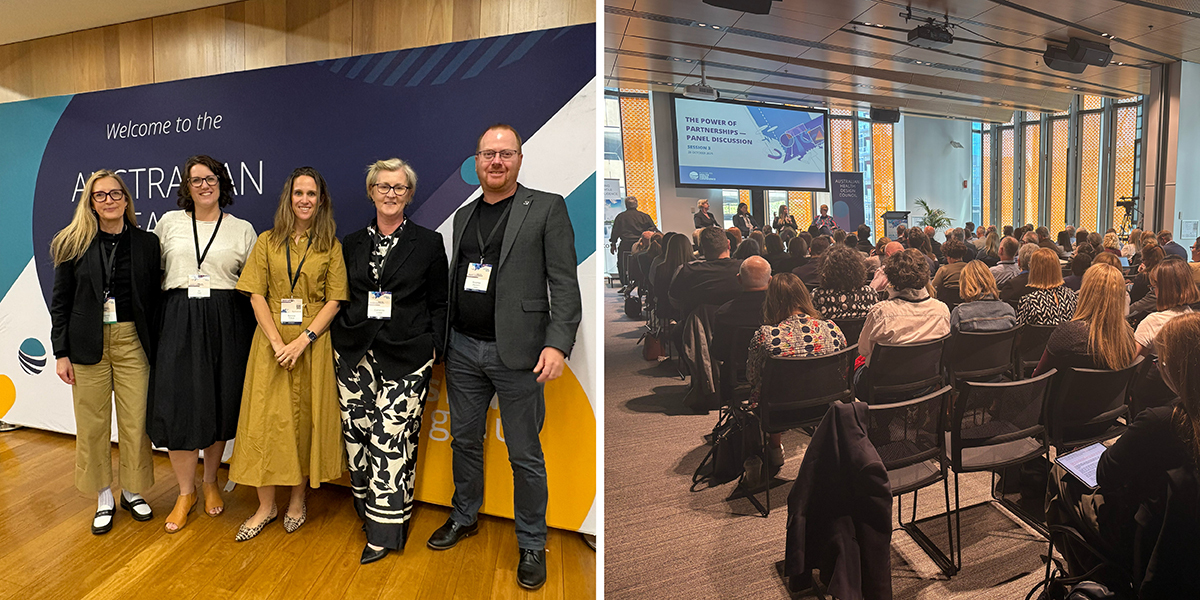The power of partnerships and research in shaping health futures: reflections from this year’s AHDC Conference

Many valuable insights and learnings emerged from this year’s Australian Health Design Council Conference — from understanding the role of AI in hospitals to defining what the catalyst for innovation is, it was evident that we all have a role to play when it comes to reimagining healthcare investment to create environments that enable better health outcomes for everyone.
At the heart of these conversations were powerful messages that centred around evidence-based design, meaningful partnerships and strategic placemaking to help bridge the gap between policy, design, and care delivery.
Known for our strategic insight at Hassell, we aim to give back to the sector that shapes so many lives by sharing our research to help inform better decisions, foster collaboration, and drive innovation for the greater good. Principal and Health Sector Leader Leanne Guy shared Hassell’s latest health sector research, highlighting how technology and flexible, integrated learning spaces are transforming clinical education and workforce development. The findings sparked constructive conversation about how partner institutions can collaborate on technology-enabled learning spaces in hospitals, and how design can strengthen connection and continuous learning.
It was clear the industry placed great emphasis on the importance of robust research in guiding best practice — something we couldn’t agree more with at Hassell.
Meanwhile, Principal Catherine Loker joined a dynamic panel alongside Georgie Huxley, Vice President – Leasing, Northwest Healthcare Properties REIT and Margo Kyle GM National Health Facility Planning, Health New Zealand, on the power of partnerships where the discussion focused on co-design as a tool that brings clinicians, patients, designers, and communities together to shape solutions that work in practice as well as in theory. The panellists agreed that the best outcomes emerge when research, good design, and lived experience intersect.
And increasingly, this intersection is being realised through the development of integrated health precincts — places that harness the power of proximity, shared governance, and aligned models of care to deliver greater value for clients, operators, and communities.
Well-designed precincts leverage operational efficiencies and create synergies between complementary services, but their true strength lies in placemaking, offering more than the sum of their parts. Beyond the physical or clinical, they create a “third realm” that draws people in, connects diverse users, and fosters a sense of belonging and identity. When supported by visionary leadership and long-term master planning, these precincts not only enable clinical excellence but also deliver exceptional social and economic return.
As we reflect on this year’s conference, one thing is certain: robust research, strategic partnerships, and visionary planning together hold the key to more resilient, connected, and human-centred health environments — the kind that adapt and endure to meet the evolving needs of communities over time.